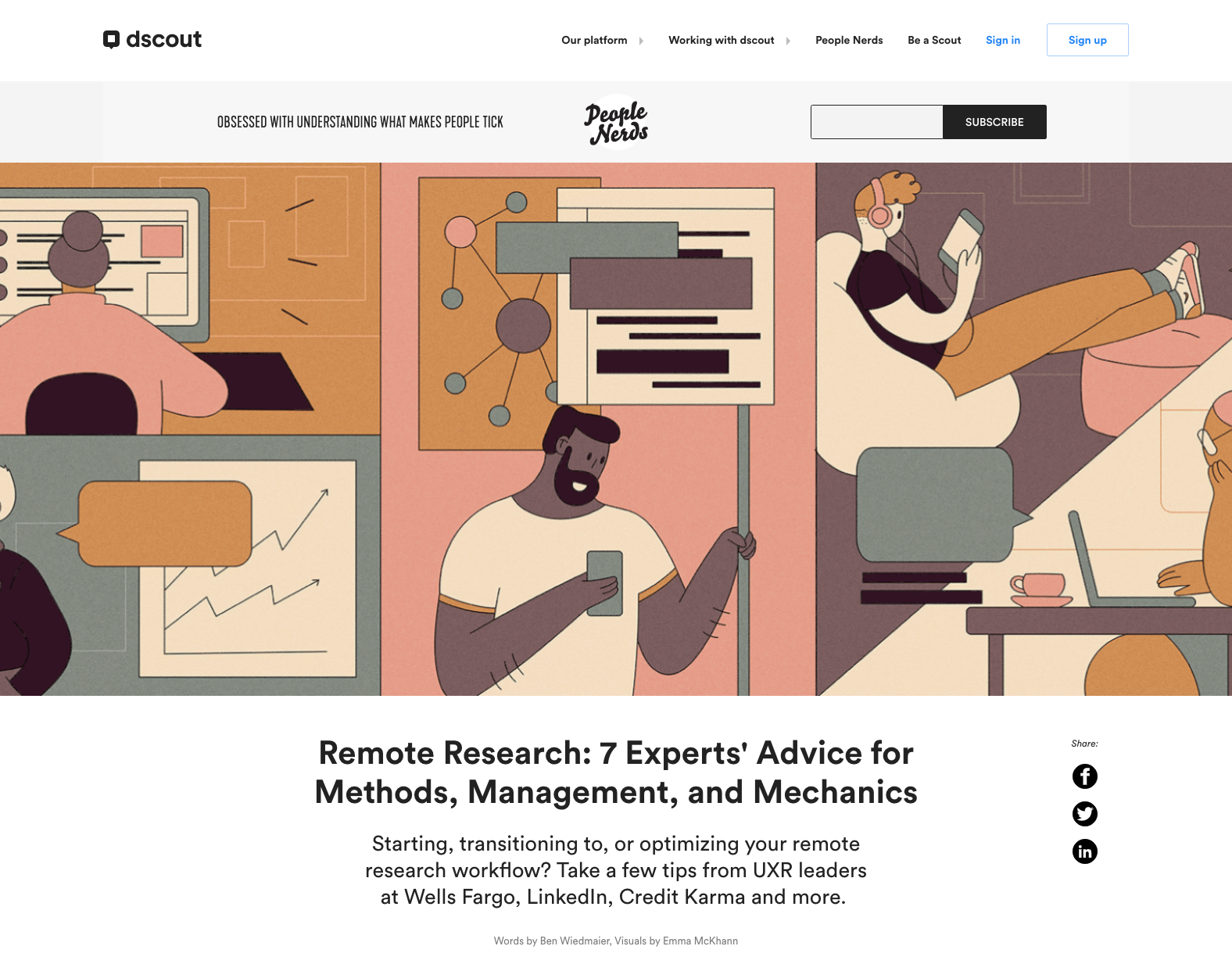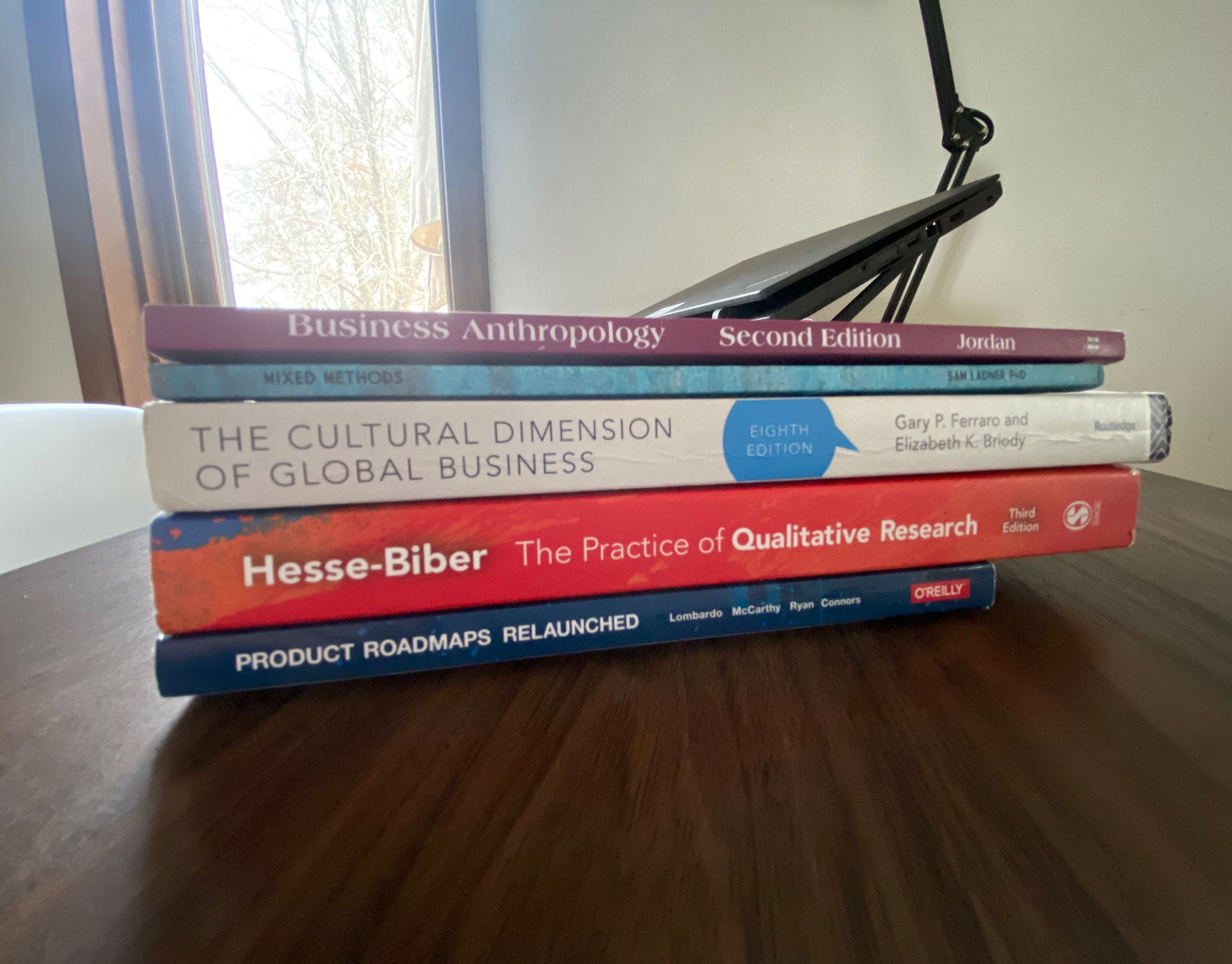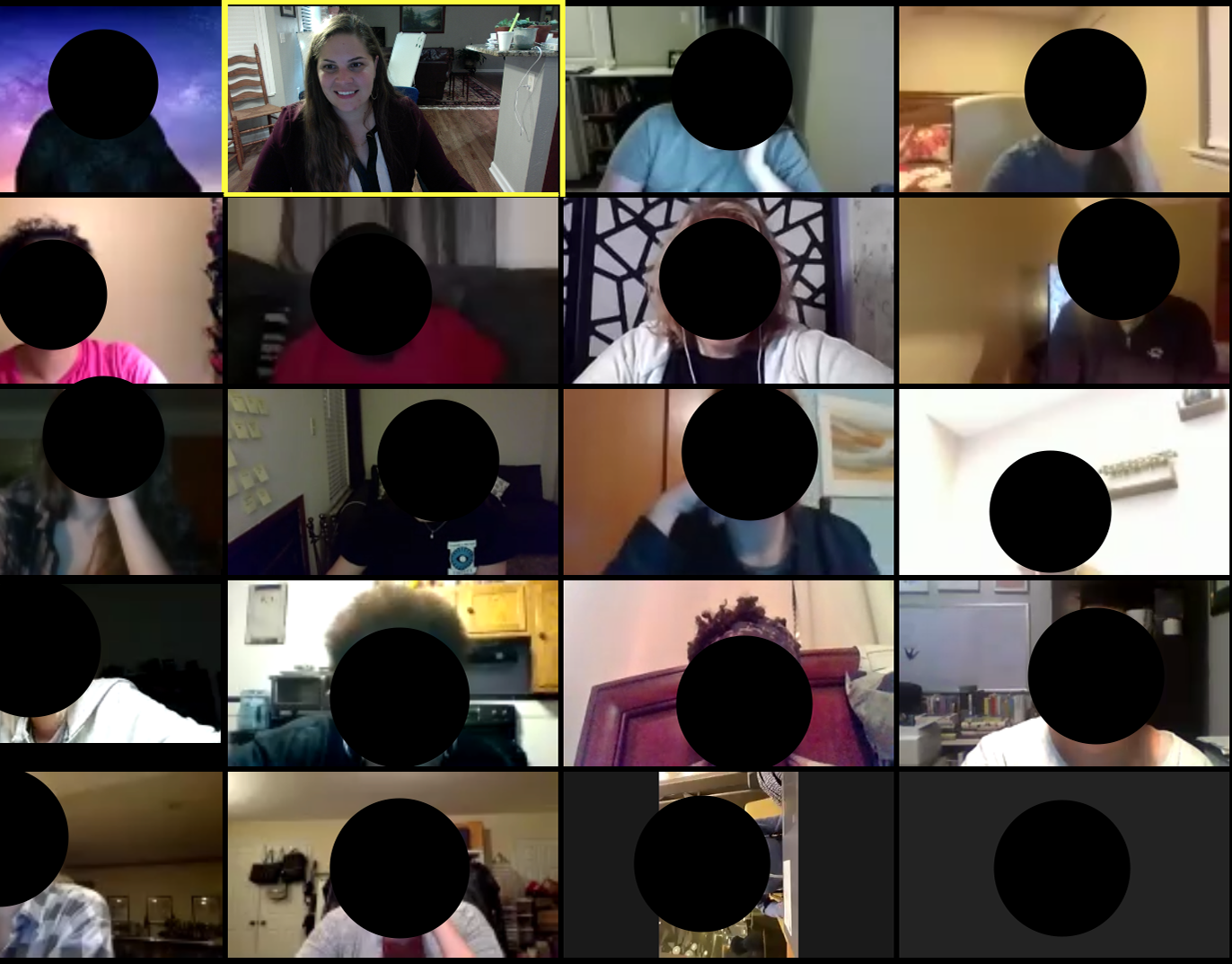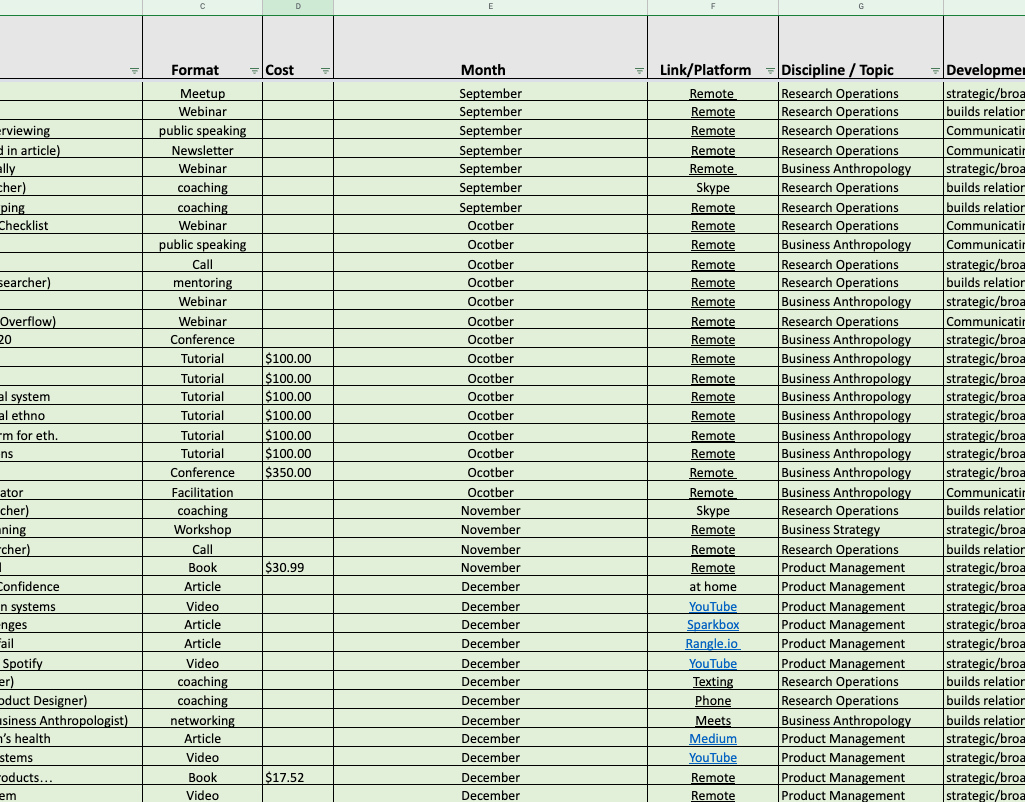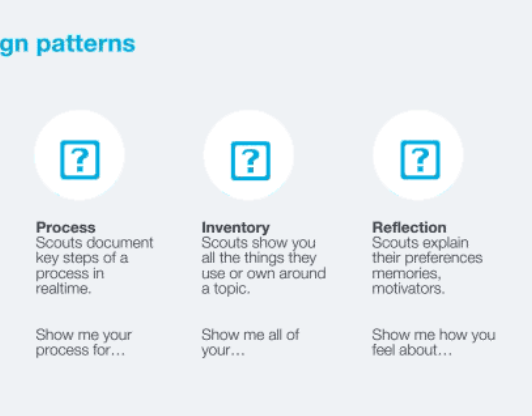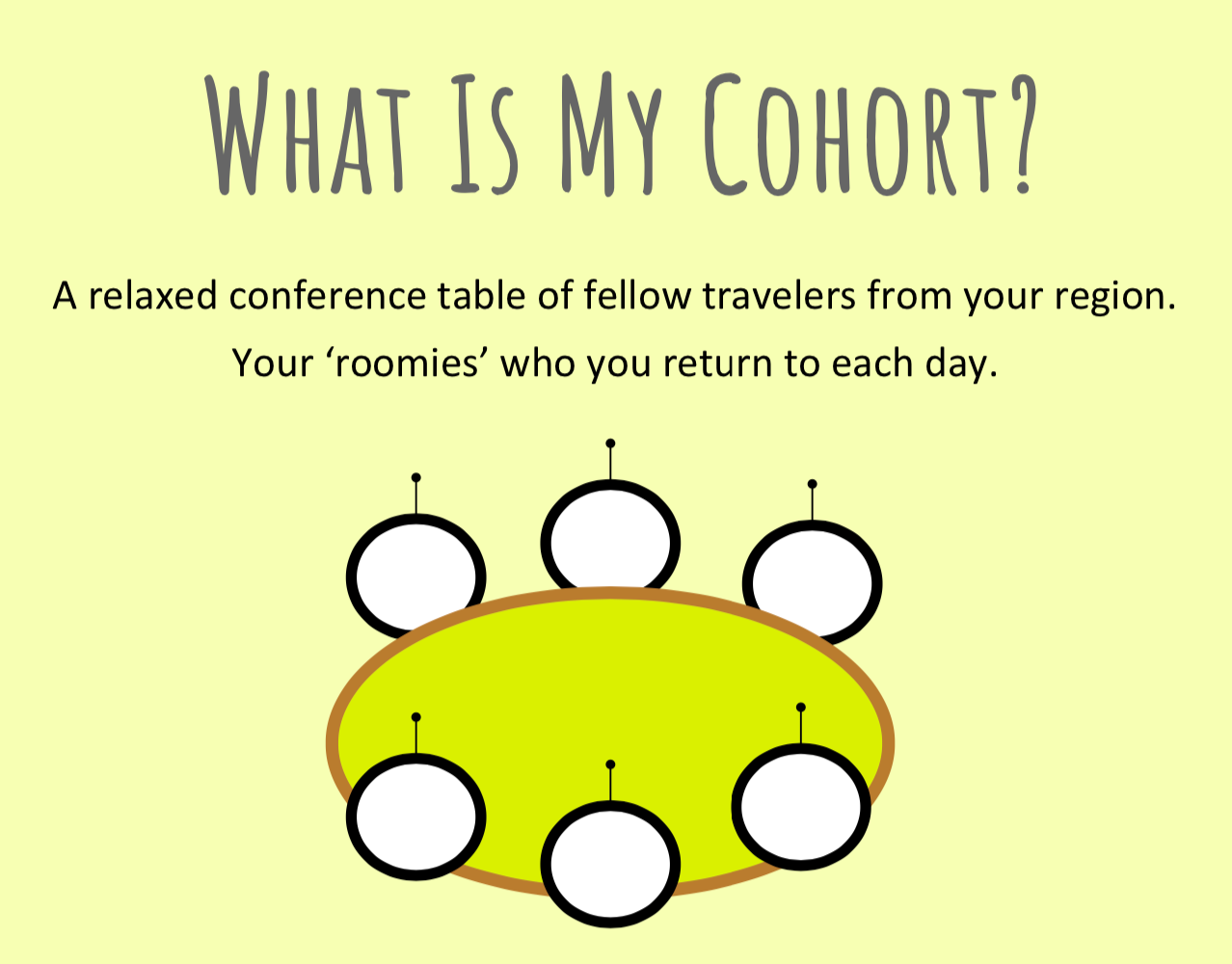Config 2021 is a global design conference by Figma.
It started with a punch! Dylan shared exciting product announcements. Figjam! Branches! Audio! Way to kickoff a conference!
The two-day conference offered forty-four talks in all.
We were asked to create name cards and publish them to the Figma community. Here is a link to mine.
Nine snippets from the inspiring talks:
1. Christoph Ono and Johns Beharry present Design bitcoin for everyone.
'Add more people to the design process. Open design and consensus building. Everyone should be able to participate. This breaks down borders and barriers.'
2. Linda Dounia Rebeiz, Multidisciplinary Designer at Real, presents Even By Design.
'Every community has a practice and philosophy of design. However, standards have been white washed by the western world. We must get the machine to work differently.'
Get grounded; recognize the space you occupy in the world. Put your influence into question. Create a library of influences (from your past). Riff on the aesthetics you like.
Co-creative methods; not extractive methods. Built with people and not for them. Building a group that will be there from conception to delivery. People use tools to show you what they need. Create a multi-sensory space where they can go in at anytime without you. They should tell you what they think you should know. They should have agency to demonstrate what they want you to create for them.'
3. Anna Cook presents Auditing design systems for accessibility
'98% of the web has accessibility issues. Design like you give a damn. There are consequences for everything you create. Accessibility is a need. A fundamental human right. Designers create disability when they do not include accessibility. You don't have to be an expert to advocate for accessibility. Understand each variants purpose: primary CTA. Baking accessibility into your audit. Check out the Microsoft Design Toolkit.'
4. Yuhki Yamashita presents Deep dive into Figma's new features
'The branching feature allows people to choose whether to make changes rapidly in real time OR slowly if necessary. Check out Namika's brand personality kit. Consider using figjam teamplates for brainstorms, icebreakers, diagramming, stand ups, and retrospectives.'
5. Julia Kestner presents Design critique from hell: How we turned our worst meeting into everyone's happy place of the week
'The path to paradise begins in hell. The name of the meeting killed the fun. People feel comfortable when there are less rules. Create fun moments; waste some time together. Share early and often. Don't take worklife too seriously. Add some doggo pictures. Have fun and kill some rule.'
6. David Hoang presents The universal challenges of every scaling design team
'When undergoing hyper growth, documentation is going to change so a buddy is critical. Juniors need mentors. Make sure to find blocks of time to pay efficiency debt off, such as quarterly offsite to gather and refactor documentation. Delegation is a team responsibility. Think about meeting and rituals of whole team (a year from now when scale is achieved). Make sure to keep the sacred moments for the team to gather. Give people a sense of where things are going. It's in designs nature to push outside the bounds so have studio sessions and figjams. Do team health checks. What's important is the journey and experience in going through hyper growth. You have vivid memories of you and coworkers taking that hill. Use root cause analysis to identify what's going on. Personal growth is important during this.'
7. Matt Rosenzweig presents Bringing truth to Figma
'Color names need to match (code base and figma). There is a shared DNA between figma and css. Prioritize accuracy but balance with the needs of the team. Have a to do list; slow burn. Small goals; small wins. Embrace breaks. 1. Identify change to be made. 2. Draft changes in Figma. 3. Submit change request to tech. 4. Valiadate changes in staging environment. 5. Tech releases changes to production. 6. Changes published to Figma.'
8. Bersabel Tadesse presents Building a platform at Figma
'Extensibility; expand use cases you can support. The took 10 steps down to 2 steps. Table stakes for design is efficient design. It's about all different tools working in concert. Establish your guiding principles and keep those principles and use cases in mind. swapability; spend time carefully evaluating multiple solutions and build infrastructure so alternates can be quickly swapped out. During alpha and multi beta programs, be transparent on the decision making and what's happening. Find users that have critical problems that your product solve, and that also commit to put you (your alpha/beta) on their roadmap and do the extra work to test. Screen people by asking them what they are trying to build. Limit the amount of ramp up time before creating. Make the product offering approachable.'
9. Dantley Davis presents Turning adversity into impact
'Find purpose in your life. Aspire to design a better future, not just a better interface. Allow your life experience to guide your purpose. Every struggle is along a journey.'
"Owning our story can be hard, but not nearly as difficult as spending our lives running from it." - Brene Brown
To view the entire Config agenda, visit https://config.figma.com/agenda/.

